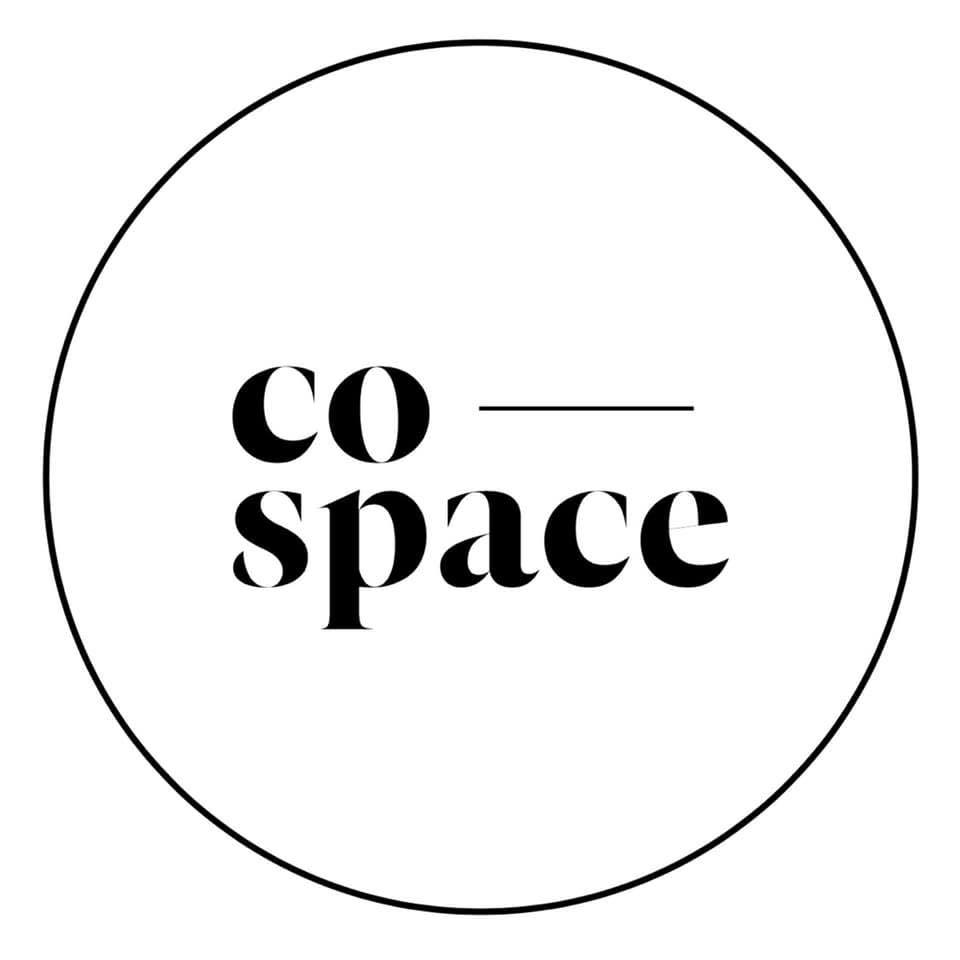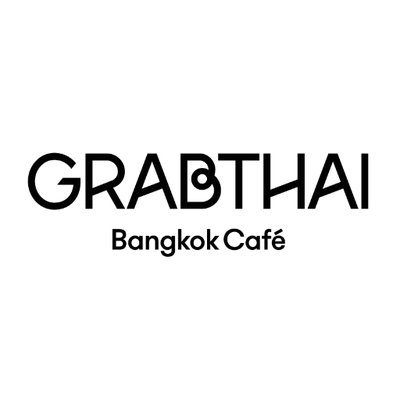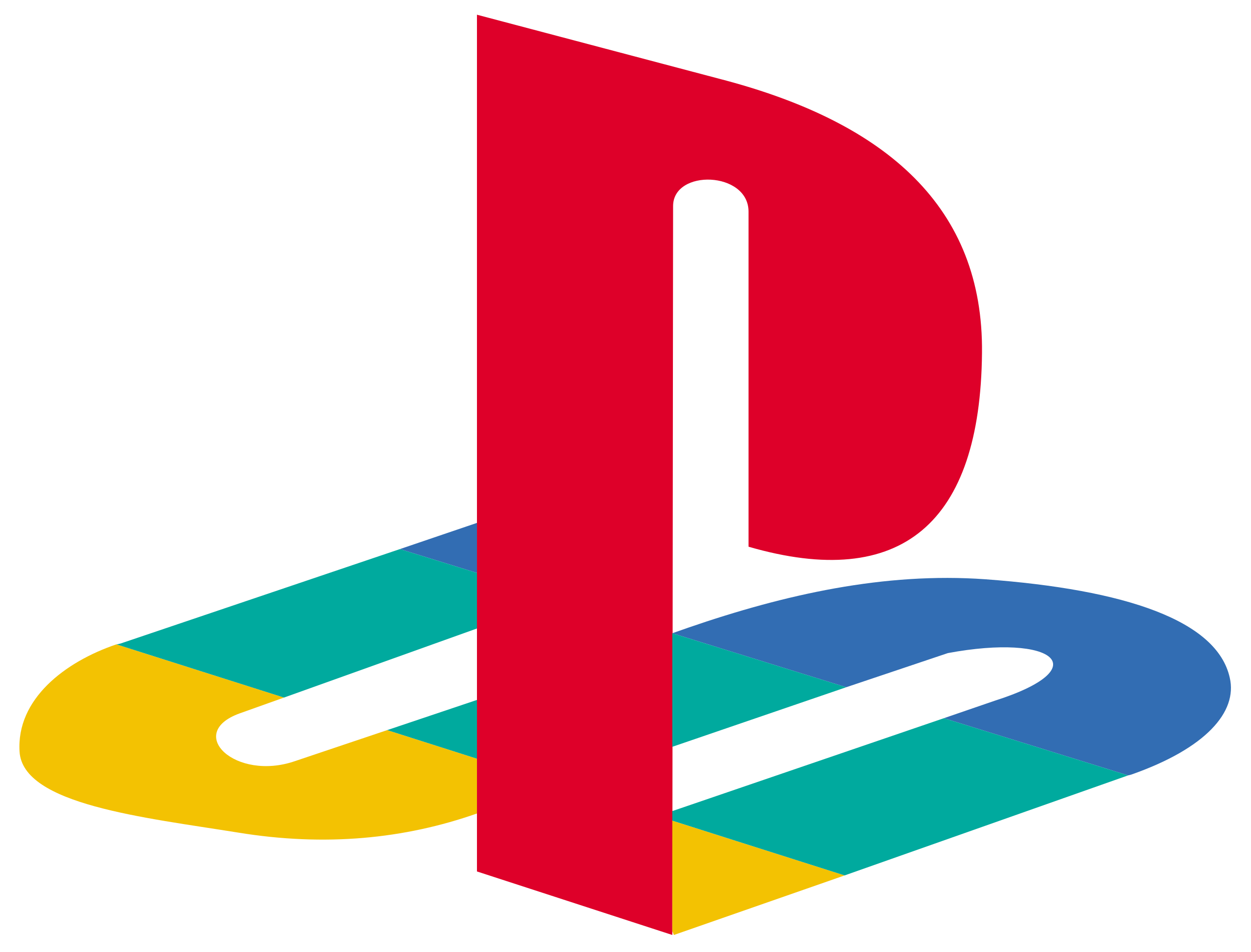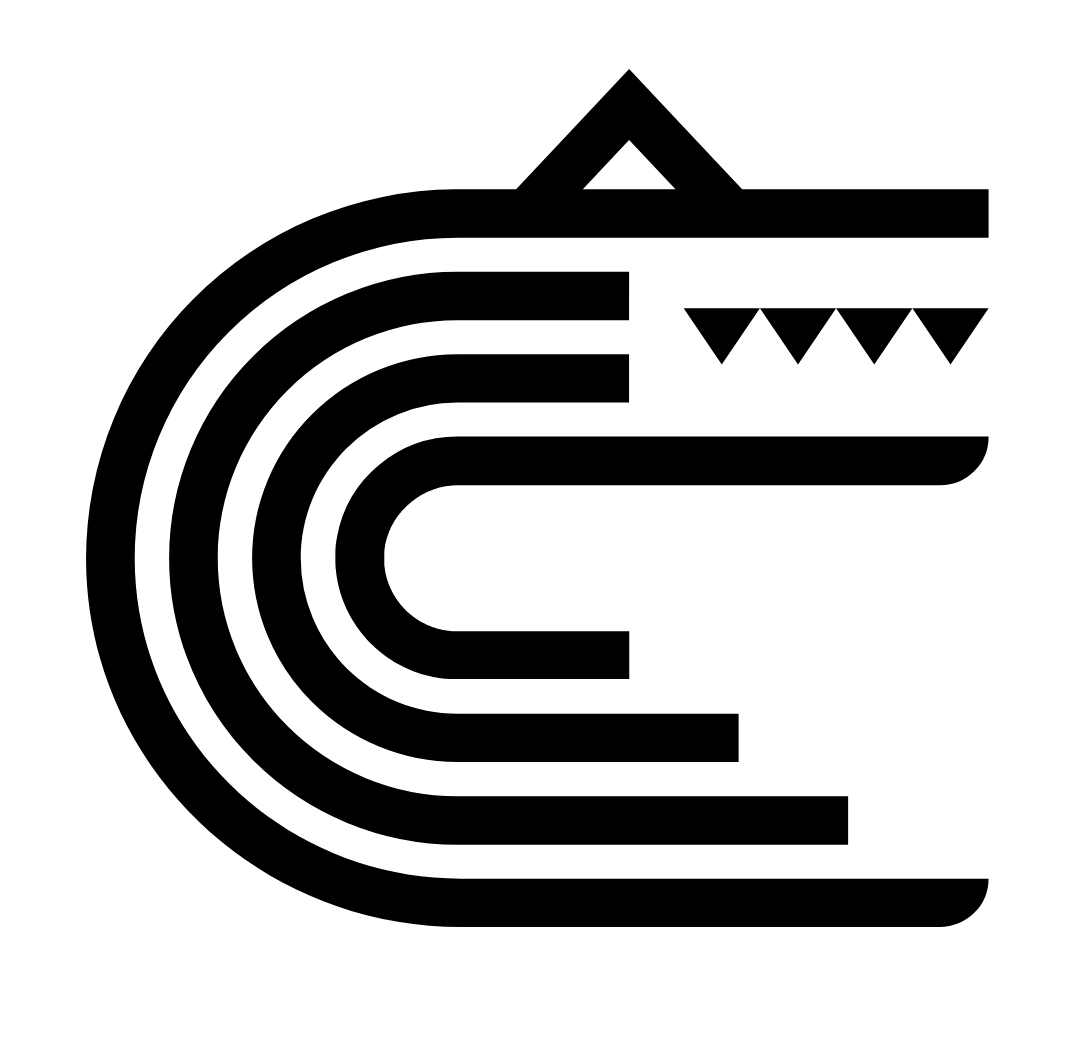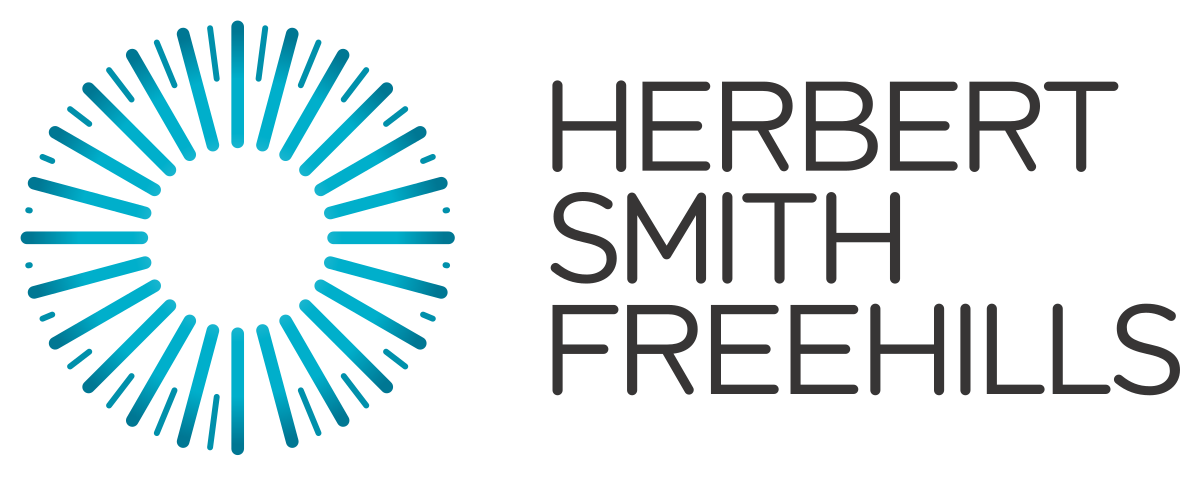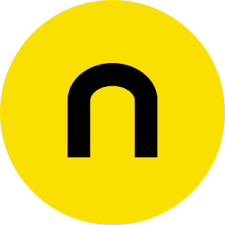About Glyphics London's Trusted Sign Maker Since 1985

Operating from headquarters in Shoreditch, Glyphics offers an extensive palette of signage styles and fabrication methods - realised by a collective of designers, makers and grafters. Together, we channel our diverse skills and shared enthusiasm into a dynamic, creative powerhouse of production - transforming typography and iconography into tangible pieces of art.
Whether it's hand painted lettering for cultural hubs or 3D logo installations for corporate offices, we bring your vision to life - building custom signs that seamlessly blend aesthetics with functionality. In every project we've undertaken in the last three decades, we meld traditional craftsmanship with modern technology, all while forging enduring partnerships with our clients.
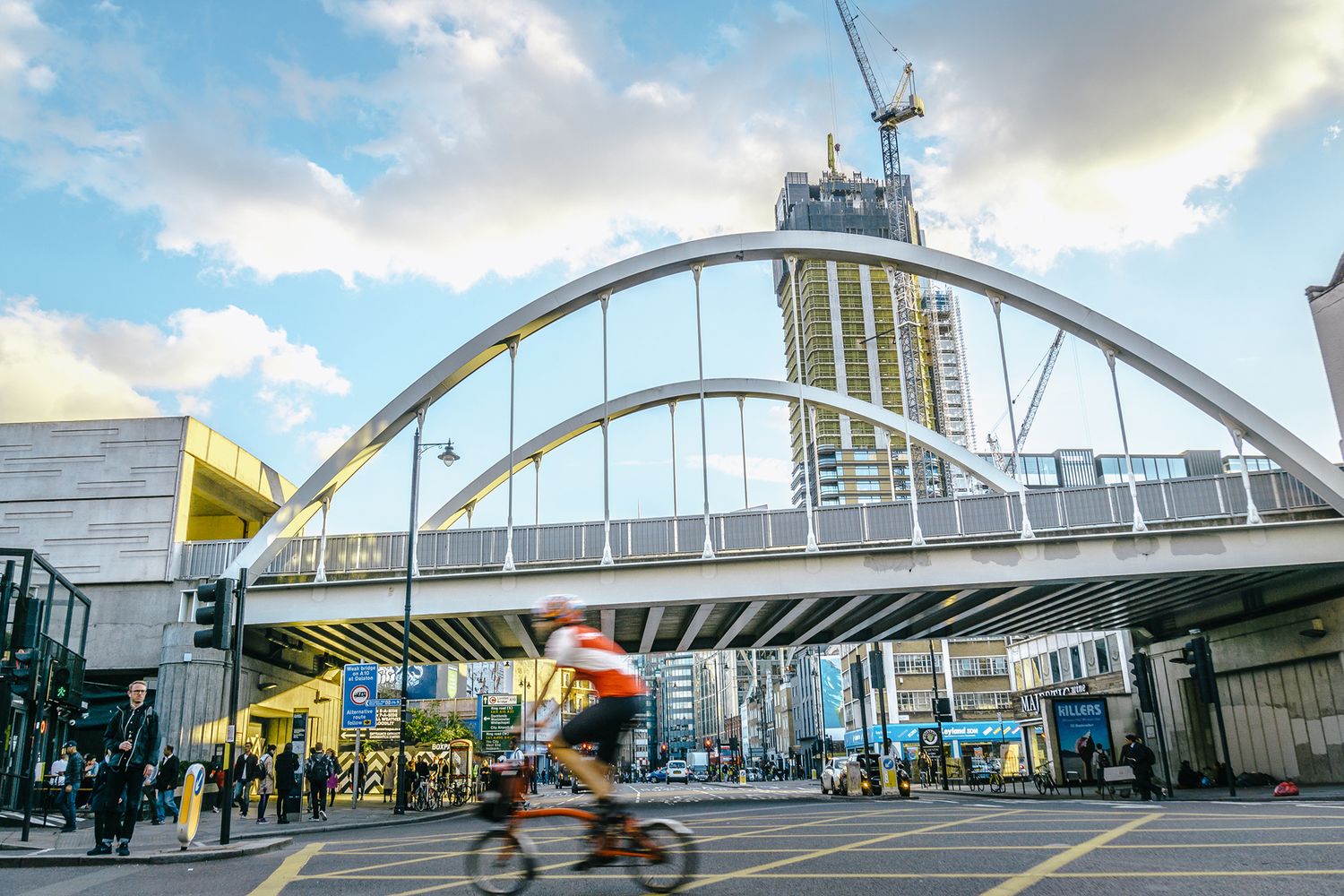




At Glyphics, we understand that signage is not just about visibility - it's about vision. That's why every one of our endeavours begins with a candid conversation about your business goals, and ends with bespoke solutions that embody your brand's values. Click below to learn about our canvas of services and how we transform your ideas into material realities:
Behind every sign is a story - a brand ambition and a human being on a mission. We see you and we're here for you - from first contact to the final installation and beyond. Click the graphic below to find out everything you might need to know about how to get a sign by Glyphics and each step of our journey together:
The Team

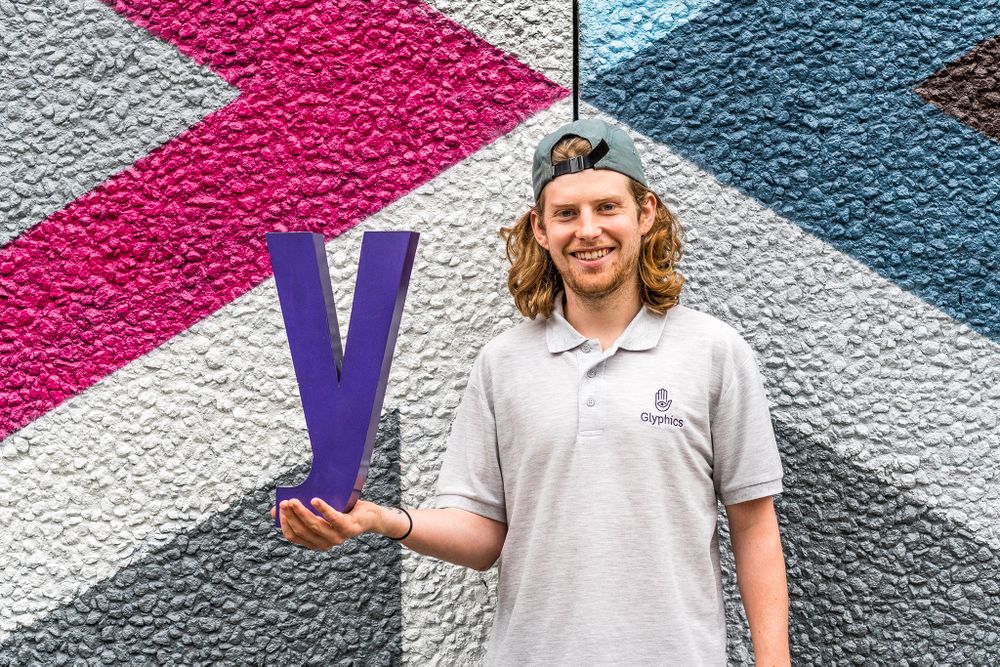




EVERY GLYPHICS SIGN IS UNIQUE IN CHARACTER, JUST LIKE US.
We’re designers, art workers, makers, estimators, fitters, project leads, directors and health & safety. We work with some of the world’s most notable artists and corporations, honing our workmanship year on year. We’re as passionate as we were in 1985, and don’t get us started on artisanal signs. Or do. We’re at 75 Leonard Street, come on in.






OUR STORY SO FAR
Glyphics is the brainchild of father-son duo, Brian and Tim, and is rooted in their common love for lettering, type and design.
Once an apprentice typesetter for The Times newspaper, Brian moved into vinyl lettering by the 80s. Then the design industry exploded. Computer tech developed and processes began modernising more rapidly than ever.
“It went from vinyl lettering to full blown sign making.”
Tim had been working in an advertising studio and showed great artistry from an early age. He was taught calligraphy at school and his teachers felt he should become a fine artist. To help fill the generational gap, he joined his dad in 2000, and blossomed from a pure creative into a creative entrepreneur.








By 2002, Glyphics was officially incorporated. Brian and Tim got new machinery in, expanded their network and nurtured their team to the point where they moved in to 75 Leonard Street. Twenty years on, Glyphics remains London's trusted sign maker in the same spot in Shoreditch, Ashurst law firm and the National Crime Agency continue to be core customers, and employees Dominique and Ray still work here.
“Our space in Shoreditch was once a furniture shop and it was a gallery when we found it. It has an artisanal past, like us.”
Today, Tim will lend his skills and ideas as and when they’re needed, but as MD, he carries on his father’s mindset – prioritising meeting people in the flesh and talking them through things to make sure they’re happy, as well as taking the business to the next level with new talent.
He puts his faith in Paul, a creative designer, and Liam, who deals in the technical side of signs. They’ve both had their own love affair with typography and iconography – Paul worked with early Macs and is now an Adobe expert, while Liam was brought up in the trade, building big illuminated 3D signs, before working his way to project management.
“We want to grow and experiment, but we’re always going to stay efficient and stay personal.”
At present, Glyphics is a busy East London sign maker that has completed well over 20,000 projects since becoming a limited company. With experience behind the business and fresh faces leading the way, the team moves seamlessly between legacy processes and fast paced technologies, instilling a sense of heritage in today’s aesthetic.







